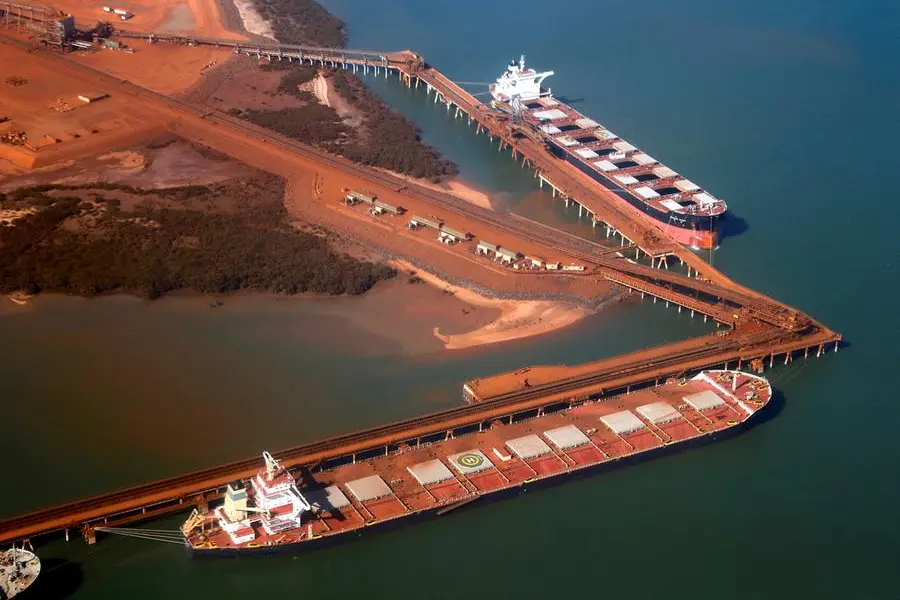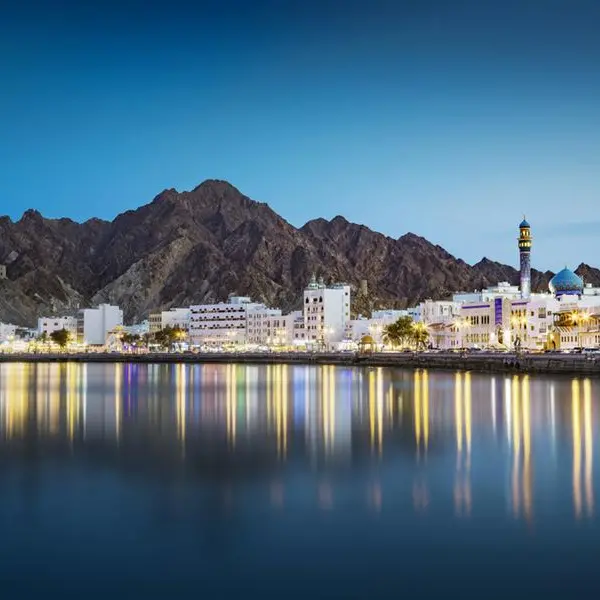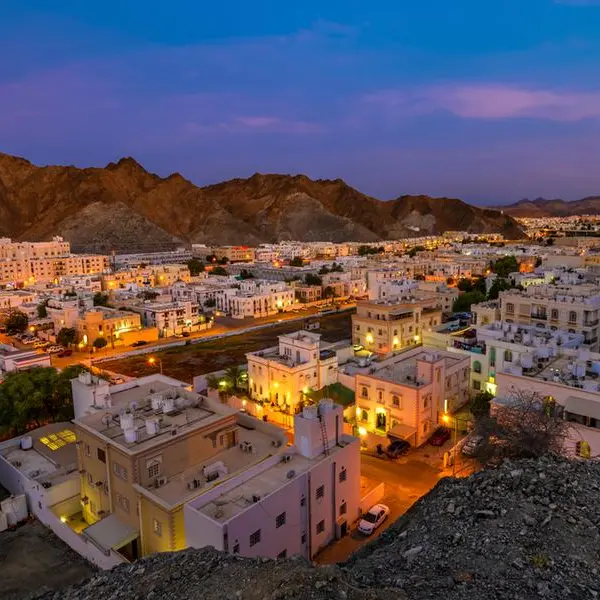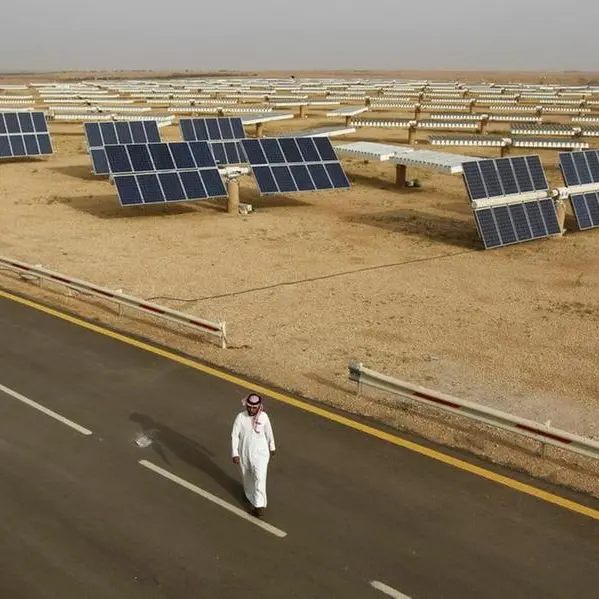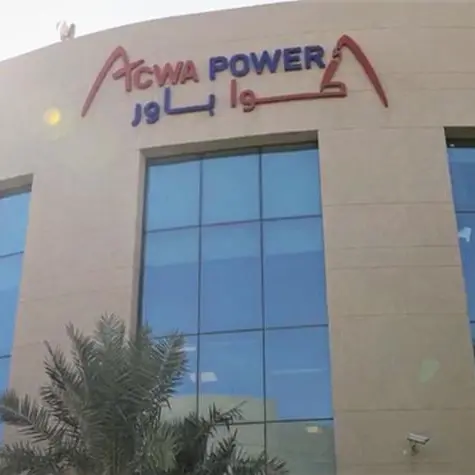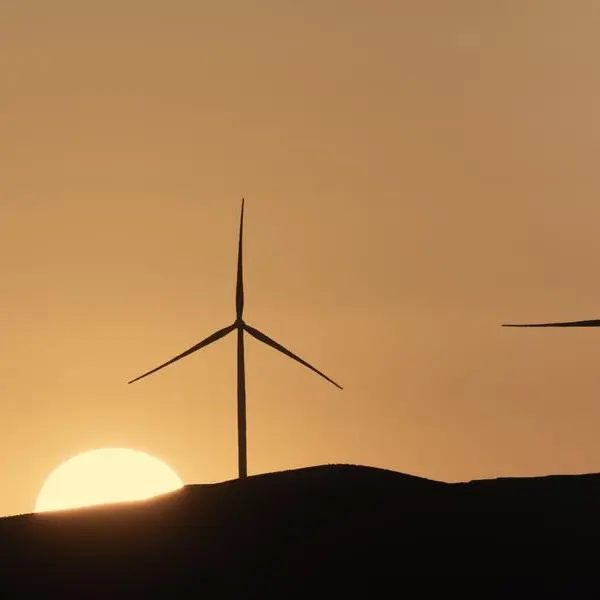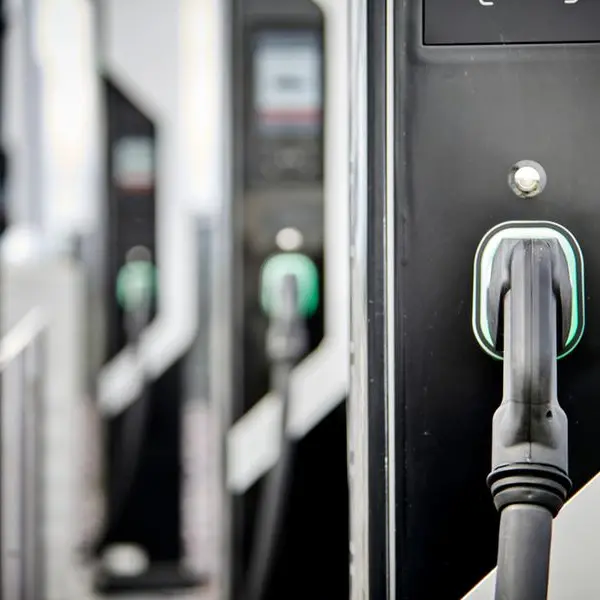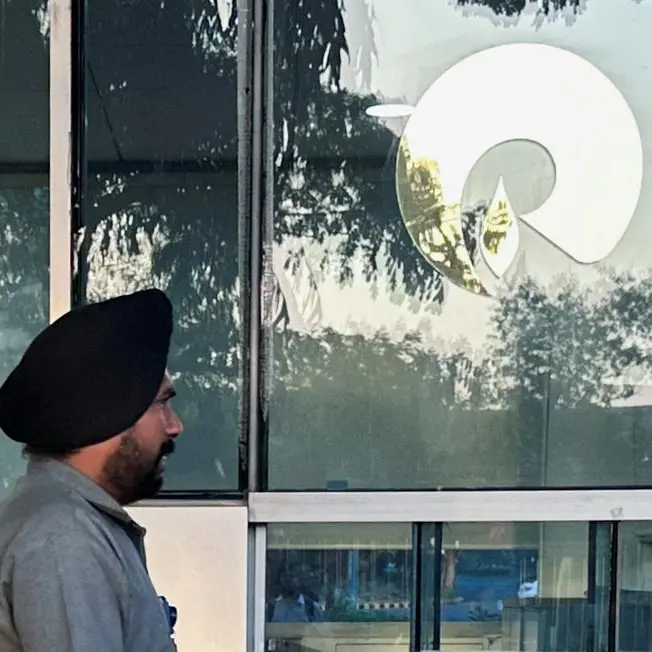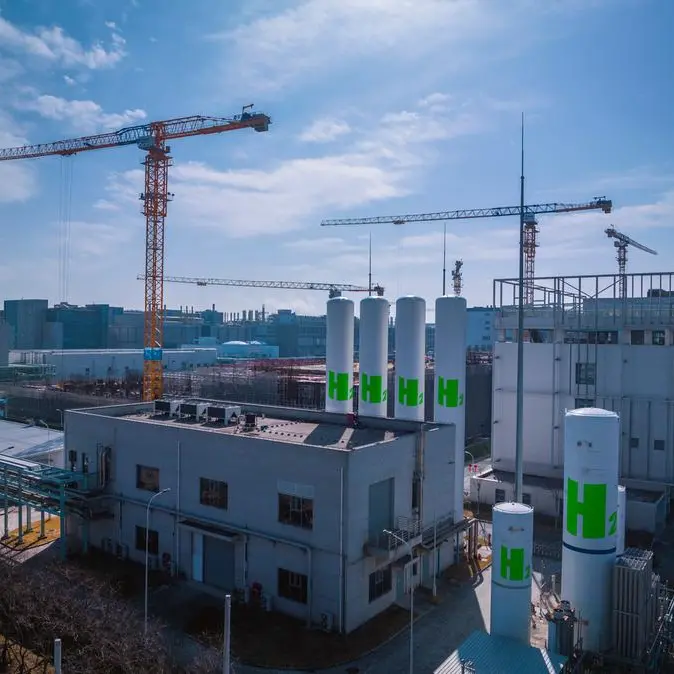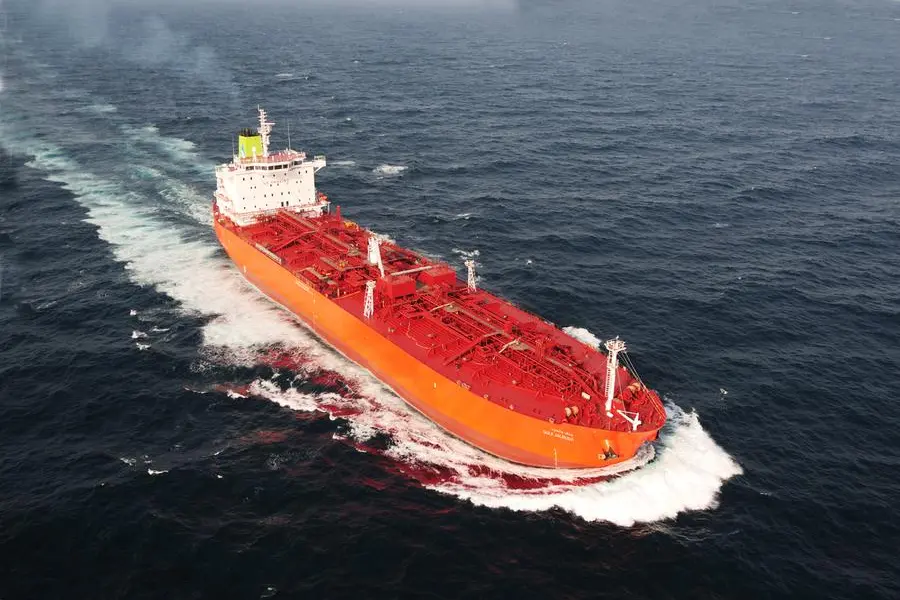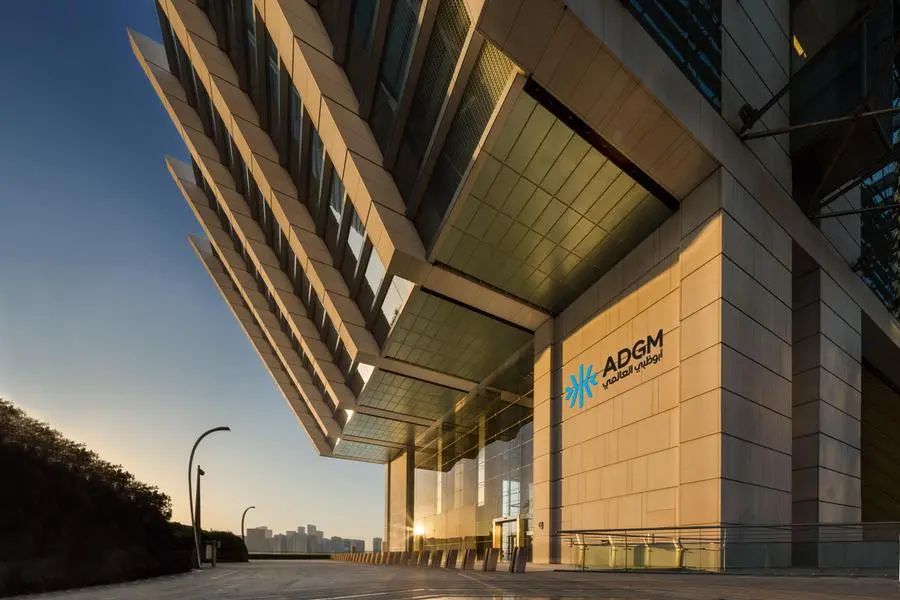PHOTO
FILE PHOTO: Ships waiting to be loaded with iron ore are seen at the Fortescue loading dock located at Port Hedland, in the Pilbara region of Western Australia December 3, 2013. REUTERS/David Gray/File Photo
MELBOURNE - Australia needs to match energy policies being unfurled by other countries to make the most of its green energy advantage, the head of Fortescue Metals Group's energy unit said on Monday, as he gave details on five projects it wants to develop.
The U.S. Inflation Reduction Act has been met by policy responses from a range of jurisdictions including the European Union, Canada, Gulf states and India.
"What we would love to see is really some incentives being built into a bilateral (deal) with certain countries, for example Germany," Fortescue Future Industries CEO Mark Hutchinson said, adding they should closely match the incentives in the U.S. Inflation Reduction Act.
His comments echo those from the chief executives of top global miner BHP Group and Australia's top independent gas producers Woodside Energy and Santos.
The iron ore major is building a new business as it seeks to become a top tier clean energy producer, aiming to approve five major projects for development by year end in Norway, Brazil, Kenya and the United States, in Arizona and Texas, he said.
In Norway and Kenya, FFI is looking to build 300 megawatt facilities, with hydropower and geothermal energy to power electrolysers to split water and make green hydrogen, which will then be used to make ammonia.
In Norway, this will be exported to Europe, while in Kenya it will be turned into fertiliser for local farmers.
The U.S. projects would produce green hydrogen for energy.
FLAT IRON ORE OUTPUT
Fortescue on Monday posted steady iron ore shipments in the March quarter, while costs jumped 12%, but retained its full year shipment guidance despite a cyclone this month that disrupted exports from Australia's iron ore hub.
Shares in the world's fourth largest iron ore miner fell as much as 5.3%, underperforming a 2.2% drop in the broader mining sector amid a drop in iron ore prices to near four-month lows on demand concerns.
Fortescue said it produced the first wet concentrate from its Iron Bridge Magnetite processing facility in Western Australia on April 22, after several delays and cost blowouts. It did not confirm if shipments would go ahead by June.
The miner shipped 46.3 million tonnes (Mt) of the steel-making commodity in the three months ended in March 2023 compared with 46.5 Mt a year earlier.
It left its shipments guidance for the year to June 2023 unchanged at 187 Mt to 192 Mt.
The company's C1 cost, representing the direct production costs of iron ore, rose to $17.73 per wet metric tonne (wmt) from $15.78 in the quarter, while it retained its cost forecast for hematite at $18.00-$18.75 per wmt.
The company said it sold its ore at an average price of $109 per dry metric tonne (dmt) in the March quarter, a 13% discount to the average Platts 62% CFR Index for the quarter.
Fortescue said it aims to start mining at its Belinga Iron Ore project in Gabon in the second half of 2023.
(Reporting by Melanie Burton in Melbourne and Savyata Mishra in Bengaluru; Editing by Sonali Paul)
